
I understand the difference between the COVID-19, flu and cold.
What is a cold? A cold is a viral illness
The photovoltaic installation on the small houses has a power of 29.5 kWp and is estimated to generate 43.4 MWh annually, i.e. 5% of the total consumption of the Fishermen’s Wharf and 11% of the consumption of the ice factory. The project aims to develop and demonstrate innovative solutions for integrating photovoltaic modules into buildings, thereby increasing renewable energy generation and the sustainability of buildings and infrastructure.
The photovoltaic panels, developed by the German manufacturer Heliatek, have been produced with organic materials, are very light and flexible and adapt to the surface on which they are installed. In this case to the undulation of the roofs of the houses, without additional support structures, thus optimizing the integration of the system in the environment and reducing costs in materials and installation. These houses have roofs that do not support traditional photovoltaic panels, both because of the shape of the roof and because of the extra weight of a standard installation.
This action is the initial step for the Fisherman’s Wharf to host the Port of Barcelona’s first energy community, i.e., a more efficient and decentralized energy consumption system that will lead to a reduction in polluting and greenhouse gas emissions. The future energy community will consist of networking the renewable electricity generated by photovoltaic islands located in three areas of the dock, each associated with a phase of the project: the net yard, where the small houses are located (phase 1), the fishermen’s guild fish market (phase 2) and the tangle of nets (phase 3). This renewable energy will feed the compressors that produce the industrial cooling of the ice factory, reducing the energy consumption of this facility. One of the great advantages of this new structure is that it will make it possible to connect the generation of renewable energy from solar panels directly with consumers, guaranteeing the development of fishing activity in Barcelona under criteria of sustainability and competitiveness. The next step, which will entail the completion of the first phase, will be to lay a system of photovoltaic modules in the grid yard. In parallel, batteries with a capacity of 45 kWh are being installed to store the surplus of photovoltaic production.
The integration and efficient management of photovoltaic renewable energy by applying storage systems and demand flexibility are part of the Creators project, a program to develop local energy communities in Europe with Horizon 2020 funding. The Fisherman’s Wharf in the port of Barcelona is one of the four pilot sites of the project, together with the Jesenice steel plant (Slovenia), the Temse industrial park (Belgium) and an installation in the municipality of Tartu (Estonia). The experience gained within the project will enable the initiative to be scaled up throughout the port area. For this reason, the port of the Catalan capital has begun to study the consumption of all the concessionaires and the potential for photovoltaic production on the roofs of all the buildings in the port area to study the best technical solution to apply to the photovoltaic surpluses, guaranteeing maximum use of renewable production in the area. It should be noted that Creators represents a new step forward in the transformation of port activity towards a more sustainable and green future, adding to other projects being developed by the port, such as the electrification of the docks (Nexigen project) or the production of green fuels. These actions will enable Barcelona to meet its greenhouse gas reduction targets of 50% by 2030 and 100% by 2050.
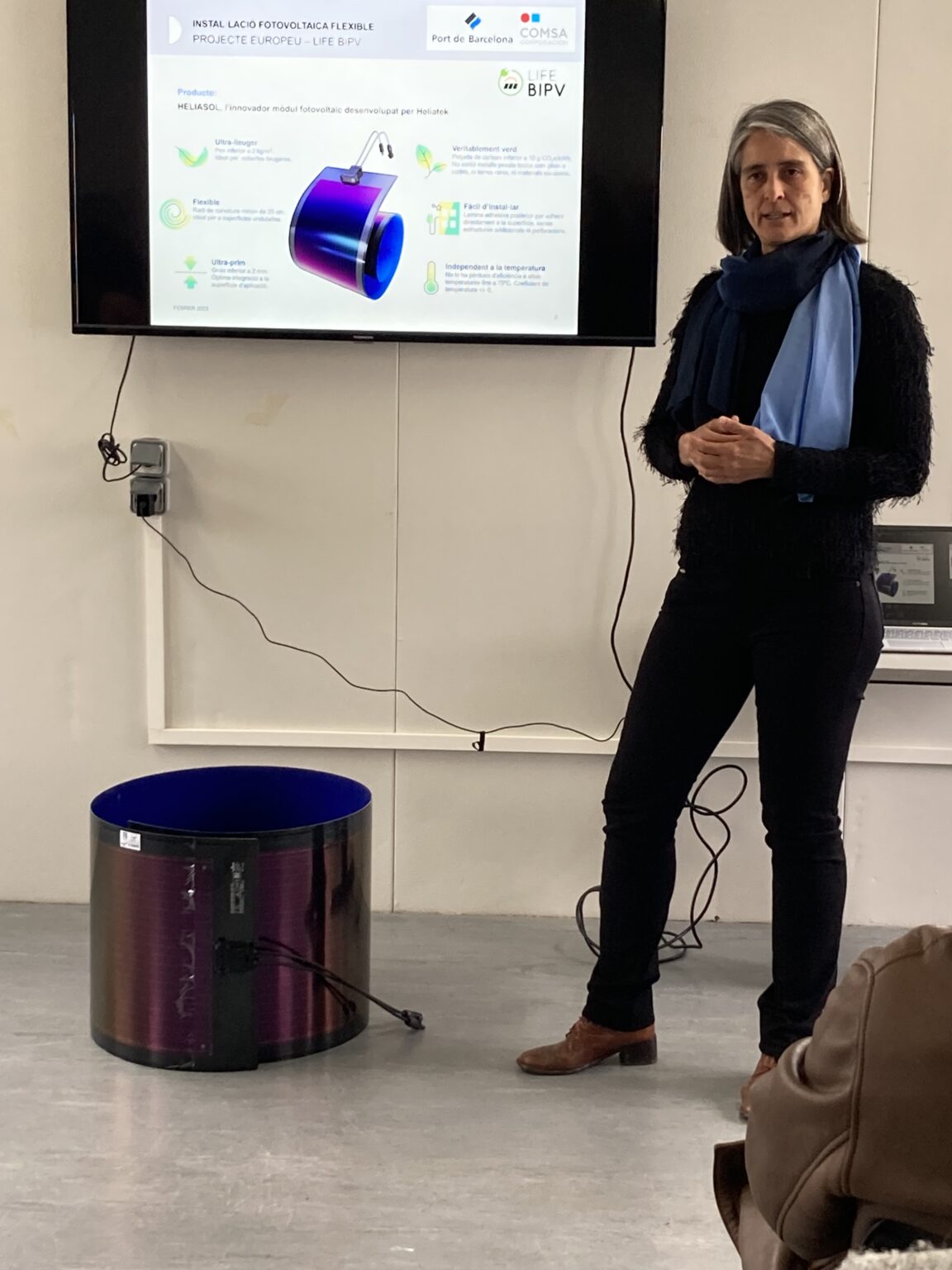
You may also be interested in

What is a cold? A cold is a viral illness
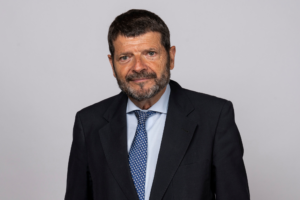
It would be very difficult to find a scenario as

The basket of “La Garba”, raffle on the 5th of
More articles
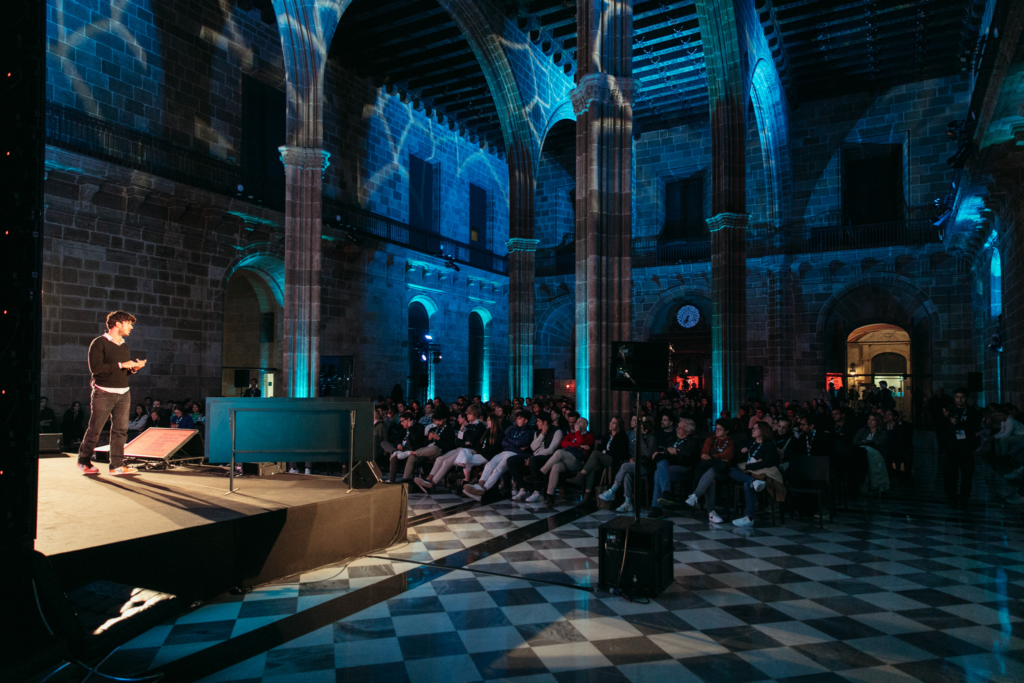
The 4th edition of the benchmark event for the technology community took place on 12
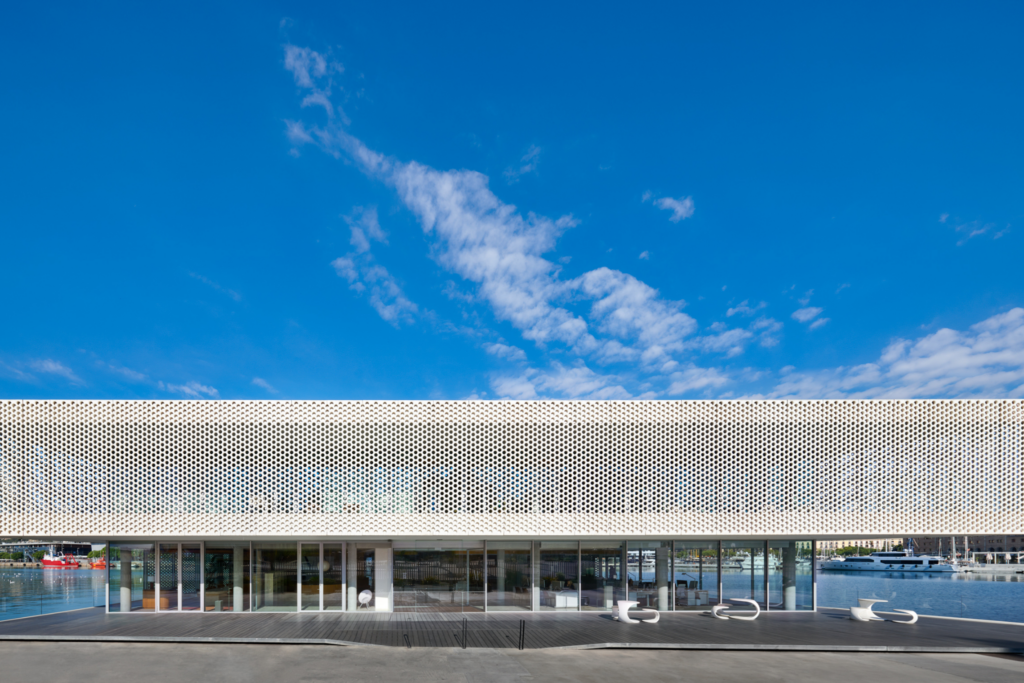
Celebrating Christmas is one of Marina Puerto Viejo’s most cherished traditions. And this year, as
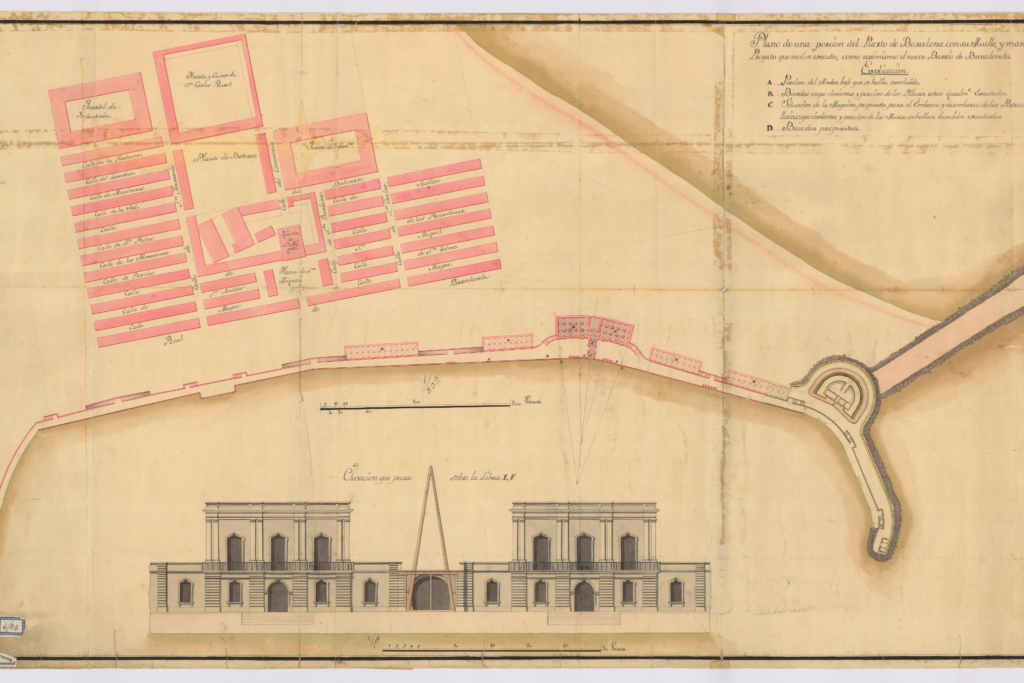
Next to a rubbish bin I’m going to find a very old Gladiator suitcase and

From 9 November to 10 February 2024. On the occasion of the celebration of the
| Cookie | Duration | Description |
|---|---|---|
| _ga | 2 years | The _ga cookie, installed by Google Analytics, calculates visitor, session and campaign data and also keeps track of site usage for the site's analytics report. The cookie stores information anonymously and assigns a randomly generated number to recognize unique visitors. |
| _ga_2DMP7XMBDL | 2 years | This cookie is installed by Google Analytics. |
| Cookie | Duration | Description |
|---|---|---|
| pll_language | 1 year | The pll _language cookie is used by Polylang to remember the language selected by the user when returning to the website, and also to get the language information when not available in another way. |
| Cookie | Duration | Description |
|---|---|---|
| cookielawinfo-checkbox-advertisement | 1 year | Set by the GDPR Cookie Consent plugin, this cookie is used to record the user consent for the cookies in the "Advertisement" category . |
| cookielawinfo-checkbox-analytics | 1 year | Set by the GDPR Cookie Consent plugin, this cookie is used to record the user consent for the cookies in the "Analytics" category . |
| cookielawinfo-checkbox-functional | 1 year | The cookie is set by the GDPR Cookie Consent plugin to record the user consent for the cookies in the category "Functional". |
| cookielawinfo-checkbox-necessary | 1 year | Set by the GDPR Cookie Consent plugin, this cookie is used to record the user consent for the cookies in the "Necessary" category . |
| cookielawinfo-checkbox-others | 1 year | Set by the GDPR Cookie Consent plugin, this cookie is used to store the user consent for cookies in the category "Others". |
| cookielawinfo-checkbox-performance | 1 year | Set by the GDPR Cookie Consent plugin, this cookie is used to store the user consent for cookies in the category "Performance". |
| CookieLawInfoConsent | 1 year | Records the default button state of the corresponding category & the status of CCPA. It works only in coordination with the primary cookie. |
| elementor | never | This cookie is used by the website's WordPress theme. It allows the website owner to implement or change the website's content in real-time. |